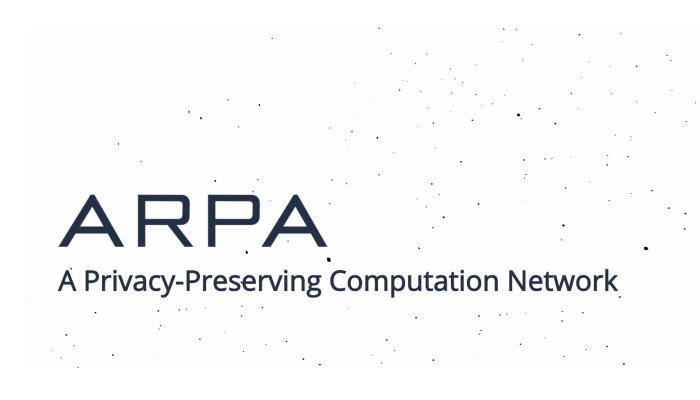ARPA is the latest project to be listed on Binance DEX, following an announcement from the exchange that ARPA/BNB trading pairs will go live on 07/29. Following the statement, ARPA released the comprehensive details for users to swap their Ethereum-based ARPA ERC-20 tokens for the Binance Chain BEP-2 standard.
“We are excited to announce that our ERC20-BEP2 token bridge is ready to use,” detailed the medium post. “A token bridge is a tool that swaps ERC20-based ARPA tokens to BEP2-based ARPA tokens, which is native to Binance Chain.”
ARPA’s move follows a growing transition among emerging crypto projects from Ethereum to Binance Chain, which is explicitly designed to facilitate high-performance trading, and in the case of Binance DEX, no custody of user assets.
ARPA & The ERC-20 to BEP-2 Swap Bridge
ARPA is a second layer, privacy-preserving technology that is blockchain-agnostic and leverages the power of multi-party computation (MPC) to create more secure, private data sharing on public networks. According to their white paper:
“Our objective is to deploy our secure computation network as a layer 2 solution to any blockchain system.”
MPC works by enabling correct and verifiable computation of private data over a public network in combination with MAC codes and a secret sharing scheme. For example, participants can be exchanges wishing to compute and verify the solvency of their BTC reserves without revealing the explicit amount that they have in reserve — only that their reserves meet the solvency threshold.
The implications of addressing the endemic problem of exchange solvency are profound, and can subsequently enable self-regulatory ordinances by exchanges that could push regulators towards a more favorable view of the cryptocurrency market.
ARPA refers to their solution as “proof-of-solvency” (PoS).
“Our PoS relies on a combination of secret sharing during the initial multi-party computation phase among all parties involved (i.e., exchanges), with the secret only shareable once a specific threshold of shares is consolidated,” details the ARPA team in their blog post on addressing the problem. “Combined with MACs authenticating the verification algorithm, we can achieve the desired result without revealing any input information (i.e., financial reserves) for a participant.”
Paradoxically, proof of solvency doesn’t apply to the recent listing of ARPA’s token on Binance DEX. Binance DEX is a non-custodial exchange using TrustWallet, where, critically, user funds are never deposited on the exchange and execution of swaps is completed in a P2P manner. Therefore, there is no solvency to compute on the back-end of the DEX in comparison to the primary Binance Chain exchange.
DEX’s have arisen out of the insolvency, hacking, and other trust issues associated with exchanges, and are popular with users but have failed to attract widespread adoption due to subpar liquidity and user experiences.
Binance DEX is molding a different story, however. The DEX is already pushing 24-hour volumes upwards of $7 million and has seen a suite of listings (i.e., more than 30) since its launch. According to CoinGecko’s Q2 2019 report, Binance DEX already has 47 trading pairs and is built on Binance Chain — itself a fork of Cosmos’ Tendermint consensus engine and SDK.
For ARPA token holders to transition their tokens from ERC-20 to BEP-2, they need to follow the instructions on token bridge link where they use a Binance Chain address in combination with an ERC-20 compatible wallet (i.e., MetaMask) to deposit tokens at the Binance Chain address that uses the BEP-2 standard.
For their part, ARPA is hopeful that Binance Chain can help grant their network, which is currently in its testnet phase, the exposure and liquidity to develop into a popular, congruent privacy solution for public blockchains.
“With state-of-the-art multiparty computation protocol as a layer 2 solution, our privacy-preserving computation guarantees data security on blockchains, cryptographically, while reducing the heavy-lifting computation job to a few nodes,” details the ARPA paper.
Layer two solutions are rapidly gaining traction, and with a Binance DEX listing completed, ARPA is looking forward to expanding on their platform’s potential as technological advances in the underlying design of blockchains gain momentum in 2019.



































